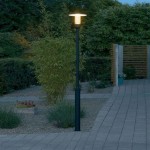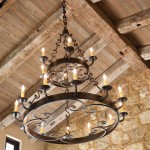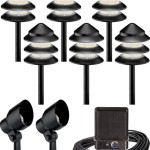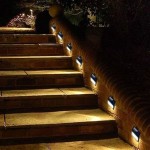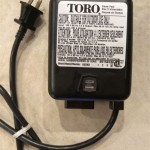Building Outdoor Kitchen Cabinets with Metal Studs
An outdoor kitchen is a wonderful addition to any home, providing a dedicated space for cooking, dining, and entertaining. Building your own outdoor kitchen cabinets can be a rewarding project, and using metal studs offers several advantages over traditional wood framing. Metal studs are resistant to moisture, insects, and rot, making them ideal for outdoor applications. They are also lightweight and easy to work with, allowing for quicker installation and less strain on the builder. This article will outline the steps involved in building outdoor kitchen cabinets using metal studs, ensuring a durable and aesthetically pleasing outcome.
Planning and Preparation
The first step in building outdoor kitchen cabinets is to plan and prepare the project. This includes determining the size and layout of the cabinets, choosing materials, and gathering necessary tools. Consider the size of the outdoor space, available appliances, and desired storage capacity. For instance, a large grill might require a dedicated cabinet with ample ventilation. When deciding on materials, choose materials that are weather-resistant and durable, complementing the overall design of the outdoor space.
Once the planning stage is complete, gather the necessary tools, including measuring tape, level, saw, drill, screwdriver, and safety gear. Prepare the site by ensuring a level and stable foundation for the cabinets. If necessary, consider constructing a platform using concrete blocks or building a custom base. Prepare the metal studs by cutting them to the desired lengths using a metal-cutting saw.
Framing the Cabinets
With the planning and preparation complete, the next stage is framing the cabinets using metal studs. This involves creating a robust skeleton that will support the cabinet doors, drawers, shelves, and countertops. Begin by marking the layout of the cabinets on the prepared foundation. Attach the metal studs to the foundation using self-drilling screws or metal fasteners. Use a level to ensure that the studs are plumb and square. When creating cabinet openings, consider using metal stud jack posts or structural supports to ensure the stability of the cabinet.
For added stability and rigidity, consider using metal bracing or corner brackets to reinforce the cabinet frame. Ensure that the framing is strong enough to support the weight of the cabinets and the appliances they will contain. After framing, apply a layer of weatherproof sealant around the base of the cabinets to prevent moisture penetration and ensure a longer lifespan.
Finishing the Cabinets
Once the framing is complete, the focus shifts to finishing the cabinets. This step involves adding the exterior panels, doors, drawers, shelves, and countertop. Use exterior-grade plywood or other moisture-resistant materials for the exterior panels. Cut the panels to size and attach them to the framing using screws or nails. Ensure that the panels are flush with the framing and level with each other.
Install the cabinet doors and drawers using hinges and drawer slides. Choose durable materials and hardware designed for outdoor use. Add shelves and other interior components, such as dividers and organizers, to maximize storage capacity. Finally, install durable countertops that are resistant to heat, scratches, and stains. A variety of materials are available, from granite and quartz to concrete and composite materials, each offering unique properties and aesthetics.
Electrical and Plumbing Considerations
For an integrated outdoor kitchen, consider adding electrical and plumbing features. If incorporating appliances like a refrigerator or a dishwasher, run electrical wiring to the cabinets. Consult with an electrician to ensure proper installation and safety. Similarly, if including a sink or a water line for a grill, work with a plumber to install the plumbing lines and fixtures.
Ensure that all electrical and plumbing connections are protected from the elements, and use weather-resistant materials and fixtures. Consult local building codes for regulations and requirements related to outdoor electrical and plumbing installations.

How To Build An Outdoor Kitchen With Metal Studs 15 Steps

Outdoor Kitchen Framing 11 Helpful Facts You Should Know
My Pas Outdoor Kitchen Build Contractor Talk Professional Construction And Remodeling Forum

Building An Outdoor Kitchen How To Build With Steel

How To Build A Diy Outdoor Kitchen Family Handyman

How To Build A Bbq Island With Steel Studs Thegrill Com

Framing The Outdoor Kitchen Island First Time Using Metal Studs

How To Build A Diy Outdoor Kitchen Family Handyman

How To Make A Diy Barbeque Island With Metal Studs 1

How To Build A Bbq Island With Steel Studs Thegrill Com
